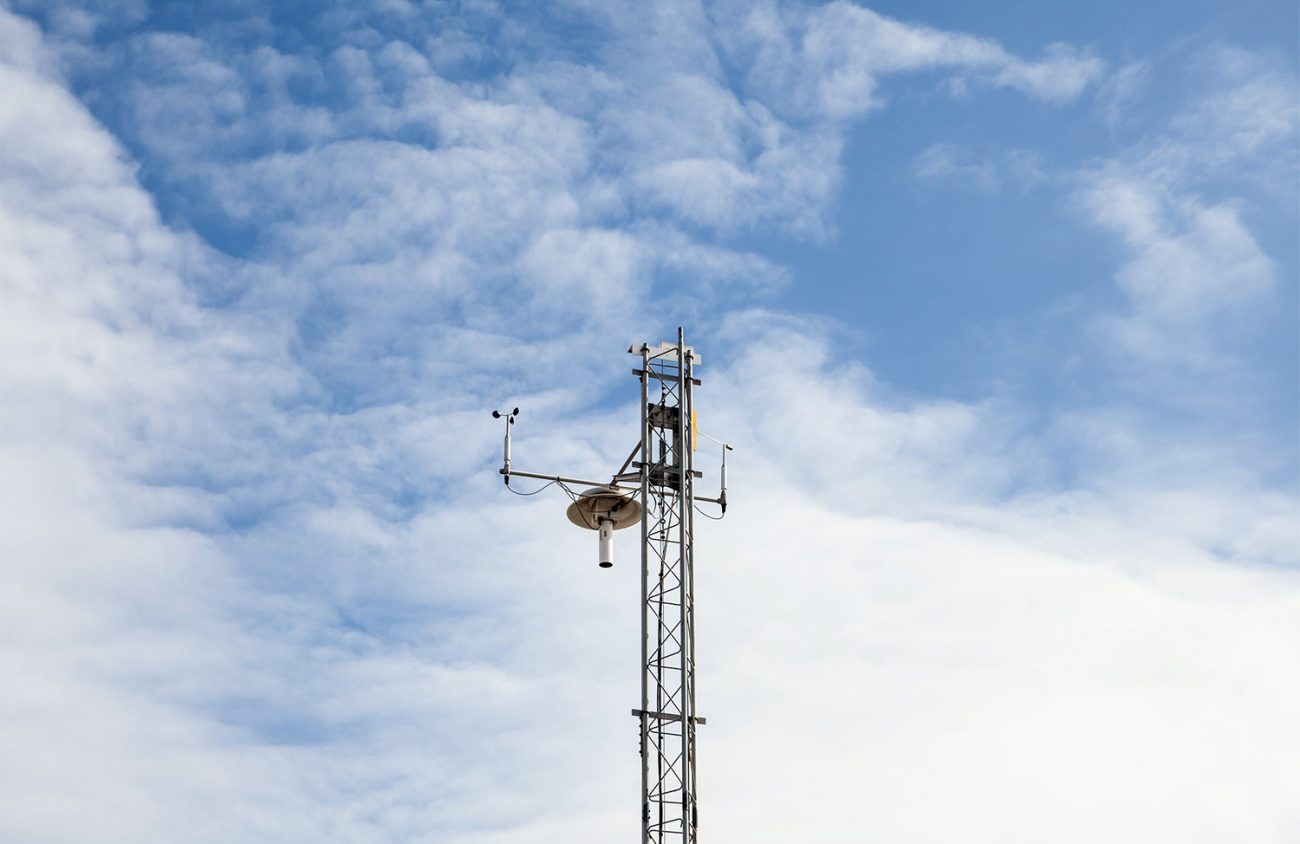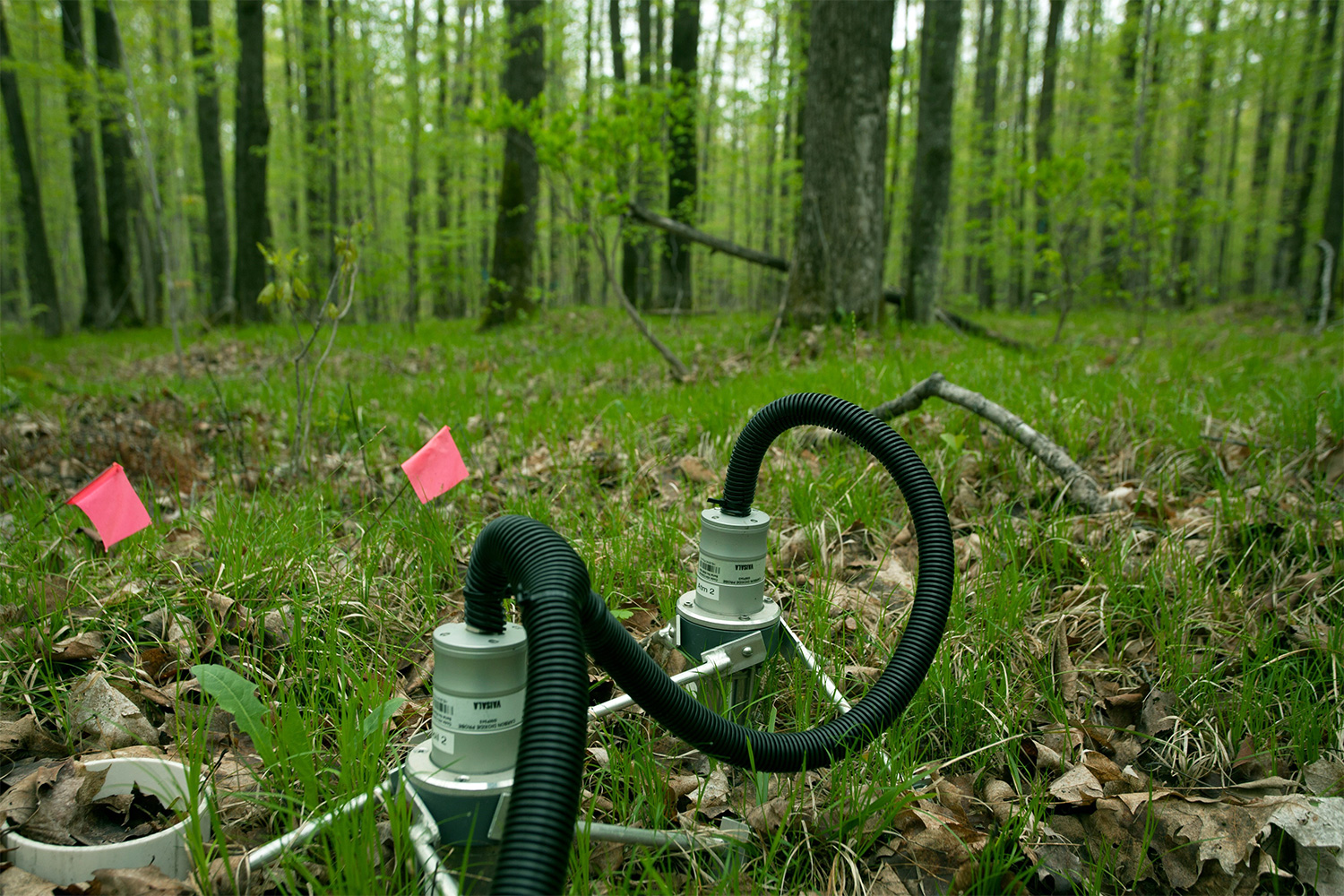The art in Uncanny Sensing, Remote Valleys could just as well be referred to as data, which in fact is what the artist Steve Rowell calls it in his discussion about the exhibit, currently on view at the Jordan Schnitzer Museum of Art.
The data — or pieces — in the show are obtained with scientific instrumentation, borrowed from the fields of biology, archaeology and geology.
“Howl box” is a piece of equipment left on the field to detect, record and broadcast sounds of wolves. The box is on display and so are the sounds it recorded. Viewing the virtual exhibit, click on the piece and you’ll hear the howls of endangered species of wolves as they move through Minnesota, Wisconsin, Michigan and the Canadian province of Ontario. Biologists use the recordings to estimate the number of wolves within range and to track pack movements.
You might be wondering, what makes this an art show and not a science exhibit?
From an academic point of view, Rowell is an artist with a record of accomplishment; he is a visiting professor of liberal arts at the University of Minnesota, Morris. He was granted awards to make art, not conduct science, the result of which is on display at the Jordan Schnitzer, an art museum.
Rowell addresses the question with the following distinction. Scientists collect data in an effort to form a theory, while his goal is not to deliver answers but rather to raise questions.
He is clearly fascinated by the way we take things in, how we perceive the world with the particular set of senses we have. He’s interested in the way other animals perceive the world as well. Perhaps most of all, he is focused on the manner in which our perceptions are extended by the technology we build, especially that which we use by “remote sensing.”
The work in this exhibit signifies six years of collecting data remotely. It was all gathered in North America, and was completed with financial assistance from the Guggenheim Foundation and Creative Capital, a nonprofit that supports “forward thinking” artists across all disciplines.
The show closes March 28. While it’s been on view, a remarkable feat of remote sensing took place, not related to Rowell’s work. NASA’s Perseverance rover landed on Mars. It took almost seven months to get there, and the pictures it sent back captivated us. They didn’t catch any little green men, but what they did capture were landscapes so relatable that scientists have already named one wind-carved rock for its resemblance to an animal on Earth: Harbor Seal.
I get the feeling Rowell wouldn’t mind if we looked at his exhibit as if we were visitors from another planet. His collection of data, including five videos, play at once as if to say: See, this is what’s happening on Earth. He says his interest in sensory perception, human or nonhuman, is superficial. His overriding concern has to do with how we are changing the environment with our technology.
The Jordan Schnitzer Museum of Art is currently closed and scheduled to reopen in the fall. Meanwhile, you can view an in-depth discussion with Steve Rowell and catch his exhibit Uncanny Sensing, Remote Valleys via an interactive virtual tour at JSMA.UOregon.edu/SteveRowell. Click on the menus for each display to get the full story behind each of the pieces.


